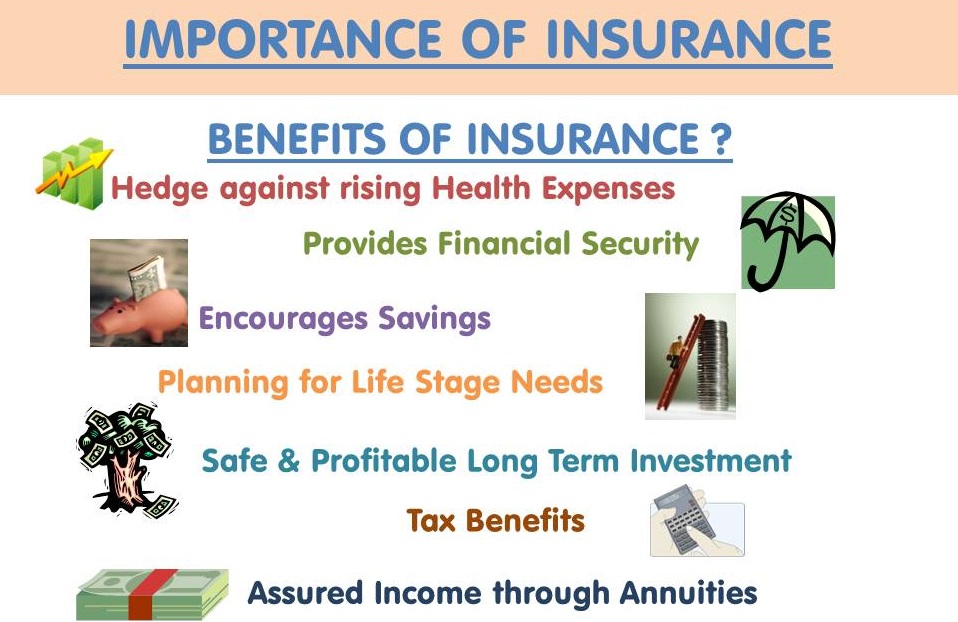3 Easy Facts About Pacific Prime Shown
3 Easy Facts About Pacific Prime Shown
Blog Article
See This Report on Pacific Prime
Table of Contents6 Simple Techniques For Pacific PrimeNot known Details About Pacific Prime The smart Trick of Pacific Prime That Nobody is DiscussingHow Pacific Prime can Save You Time, Stress, and Money.The Facts About Pacific Prime Revealed

This is because the information were accumulated for a period of solid financial efficiency. Of the estimated 42 million people that were without insurance, almost regarding 420,000 (concerning 1 percent) were under 65 years old, the age at which most Americans become eligible for Medicare; 32 million were adults in between ages 18 and 65, around 19 percent of all adults in this age group; and 10 million were kids under 18 years old, concerning 13.9 percent of all children (Mills, 2000).
These estimates of the variety of persons without insurance are created from the yearly March Supplement to the Existing Population Survey (CPS), carried out by the Demographics Bureau. Unless otherwise noted, national quotes of individuals without medical insurance and proportions of the population with different kinds of protection are based on the CPS, the most commonly utilized source of quotes of insurance policy protection and uninsurance prices.
Pacific Prime Can Be Fun For Anyone

Still, the CPS is particularly helpful since it creates annual price quotes reasonably promptly, reporting the previous year's insurance policy coverage estimates each September, and because it is the basis for a regular collection of quotes for more than 20 years, enabling evaluation of patterns in insurance coverage gradually. For these reasons, along with the comprehensive use the CPS in other studies of insurance policy coverage that exist in this report, my response we count on CPS quotes, with limitations kept in mind.

The estimate of the variety of uninsured individuals expands when a population's insurance condition is tracked for a number of years. Over a three-year period beginning early in 1993, 72 million individuals, 29 percent of the U.S. http://go.bubbl.us/e0d727/3ee9?/New-Mind-Map. population, were without insurance coverage for at the very least one month. Within a single year (1994 ), 53 million individuals experienced at the very least a month without insurance coverage (Bennefield, 1998a)
Six out of every 10 uninsured grownups are themselves utilized. Although working does boost the probability that one and one's household participants will have insurance policy, it is not an assurance. Also members of family members with 2 full-time breadwinner have nearly a one-in-ten opportunity of being uninsured (9.1 percent without insurance rate) (Hoffman and Pohl, 2000).
How Pacific Prime can Save You Time, Stress, and Money.
New immigrants represent a significant proportion of people without medical insurance. One analysis has associated a substantial section of the recent growth in the size of the U.S. uninsured populace to immigrants that arrived in the country in between 1994 and 1998 (Camarota and Edwards, 2000). Current immigrants (those who pertained to the USA within the past four years) do have a high price of being without insurance (46 percent), but they and their children represent simply 6 percent of those without insurance policy nationally (Holahan et al., 2001).
The connection between medical insurance and accessibility to care is well developed, as recorded later on in this phase. Although the partnership in between medical insurance and health and wellness outcomes is neither straight neither basic, a considerable clinical and wellness solutions research study literature links health insurance policy protection to enhanced access to care, better quality, and boosted individual and populace health and wellness status.
Degrees of analysis for analyzing the effects of uninsurance. It concentrates specifically on those without any health insurance coverage for any length of time.
The Only Guide for Pacific Prime
The problems encountered by the underinsured are in some aspects similar to those encountered by the without insurance, although they are normally less extreme. Health and wellness insurance, however, is neither essential neither sufficient to obtain access to clinical services. The independent and direct effect of wellness insurance protection on accessibility to wellness solutions is well developed.
Others will certainly get the healthcare they need even without health insurance policy, by spending for it out of pocket or seeking it from suppliers who use treatment totally free or at highly subsidized rates. For still others, medical insurance alone does not guarantee invoice of treatment due to various other nonfinancial obstacles, such as a lack of healthcare service providers in their area, limited access to transport, illiteracy, or linguistic and cultural distinctions.
Not known Details About Pacific Prime
Formal research study regarding without insurance populaces in the USA dates to the late 1920s and very early 1930s when the Board on the Price of Healthcare produced a series of reports about financing doctor workplace brows through and hospitalizations. This problem ended up being prominent as the numbers of medically indigent climbed throughout the Great Clinical depression.
Report this page